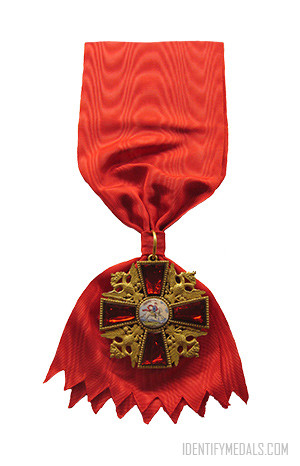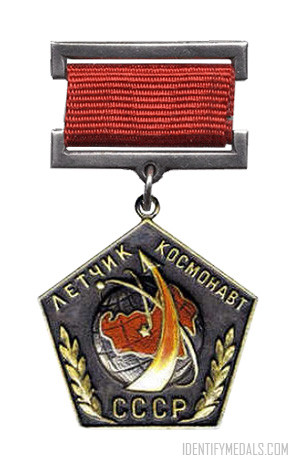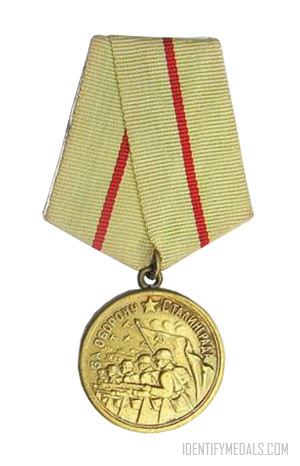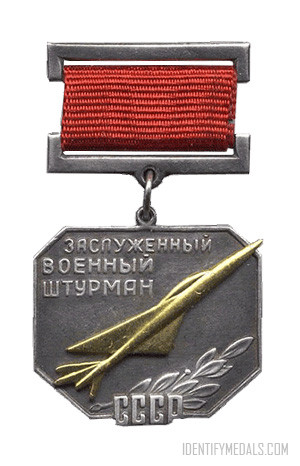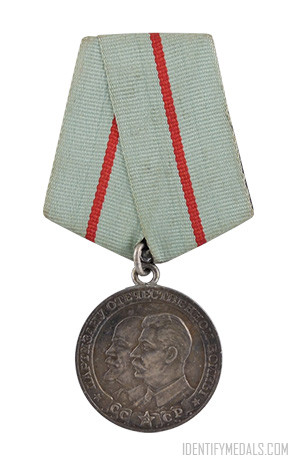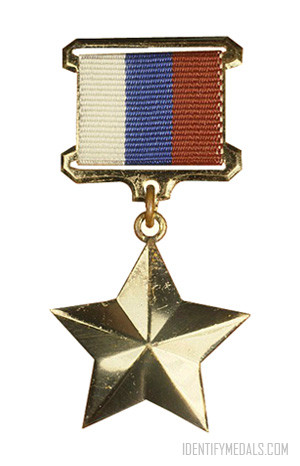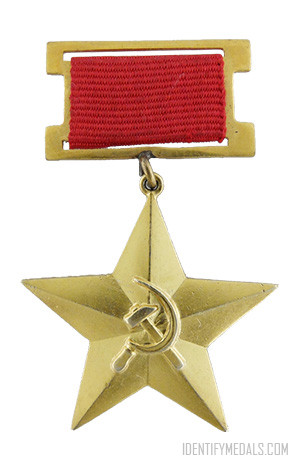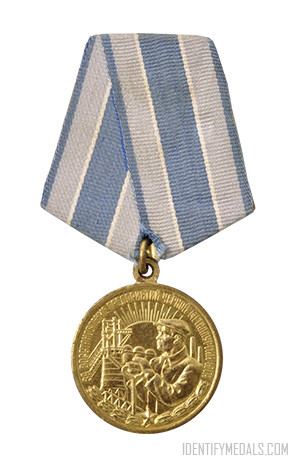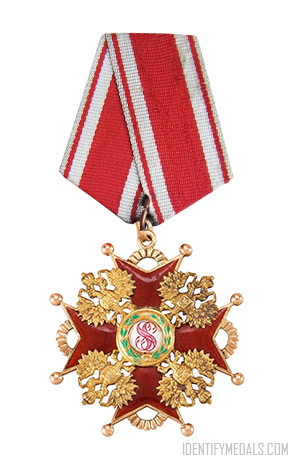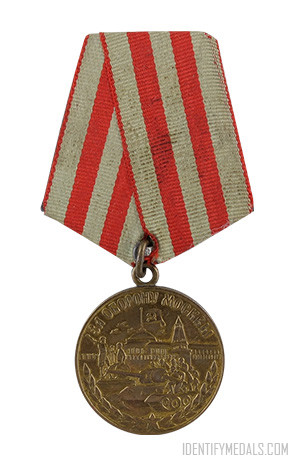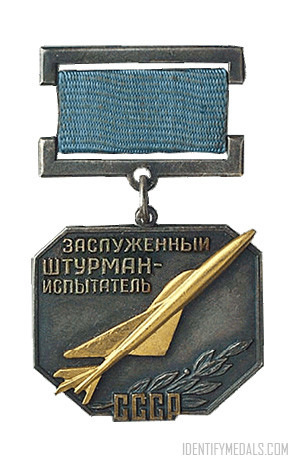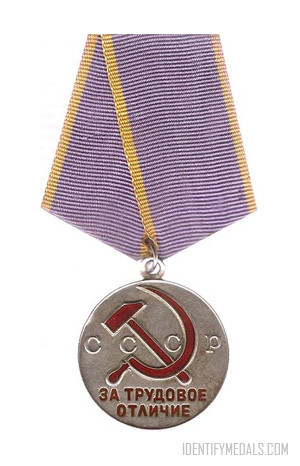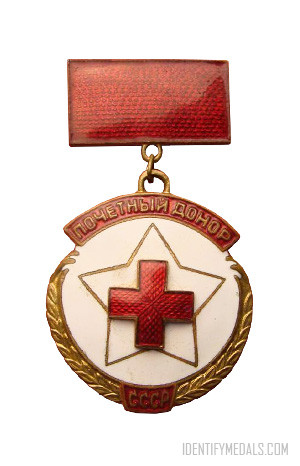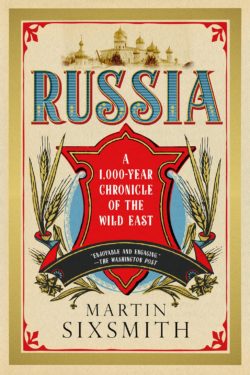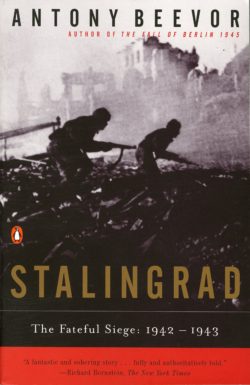- Time Period: Pre-WW1
- Year of Institution: 1 June [O.S. 21 May] 1725
- Country: Russia & USSR
The Imperial Order of Saint Alexander Nevsky was an order of chivalry of the Russian Empire first awarded by Empress Catherine I of Russia on 1 June 1725 and created in memory of the deeds of Saint Alexander Nevsky, patron Saint of Saint Petersburg to award to distinguished Russian citizens who had served their country with honor, mostly through political or military service.
The introduction of the Order was envisioned by Emperor Peter I of Russia (r. 1682–1721) for rewarding military bravery in battle, however he died before he could create it. It was first awarded on the occasion of the wedding of Grand Duchess Anna Petrovna of Russia and Charles Frederick, Duke of Holstein-Gottorp in 1725.
The Order of Saint Alexander Nevsky was abolished after the 1917 Russian Revolution, along with all other orders and titles of the Russian Empire. It was revived in 1942 by the Soviet Union as a purely military decoration and renamed it the more secular Order of Alexander Nevsky. The heads of the Russian Imperial House in exile have continued to award the Order of St. Alexander Nevsky.
The Imperial Order of Saint Alexander Nevsky Design
The star of the Order is an eight-point silver star, each arm composed of clusters of five individual smooth rays with braided borders. It measures 92 mm (w) x 92 mm (h) and weighs 80.6 grams. Its obverse features, in the center, the crowned Latin monogram of St. Alexander on a white enamel roundel, surrounded by the Order’s motto “ZA TRUDY I OTECHESTVO” (or “For Labours and Fatherland“) on a red enamel background with two green laurel branches crossed and crowned. The reverse bears a central pin assembly.
The badge of the order is a Maltese cross with red enamels and finely detailed Romanov imperial eagles in each quadrant. It measures 54.35 mm (w) x 60.31 mm (h) and weighs 31.6 grams. The obverse bears a central applique with an expertly hand-painted depiction of Alexander Nevsky mounted on a white horse, inside a stylized, hand-etched Gold ring. The reverse has central applique consisting of a white enameled medallion bearing a hand-painted monogram of Alexander Nevsky.
The ribbon is a red silk sash.

